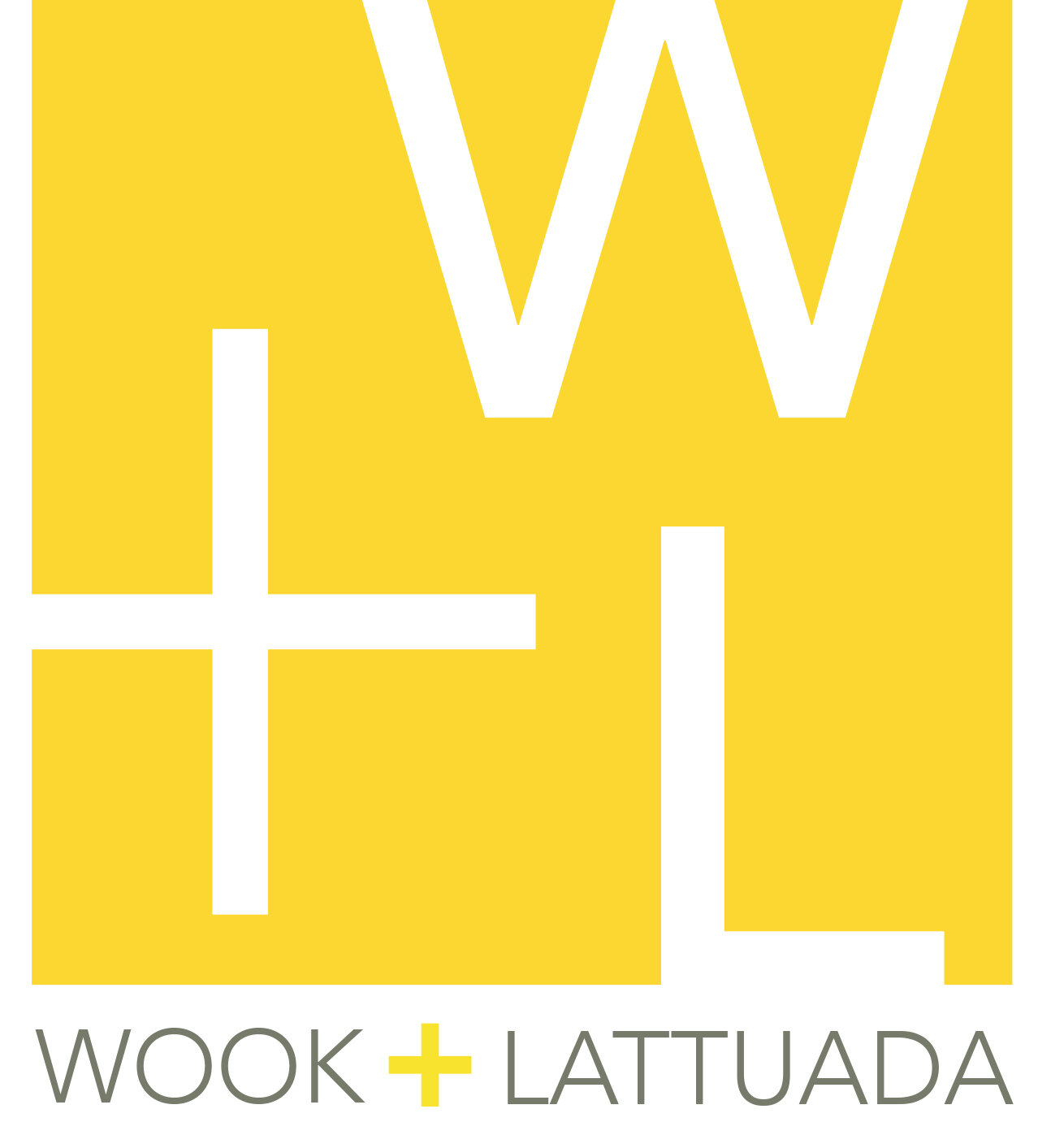Lucio Fontana
ABOUT ARTIST
Lucio Fontana (b. 1899, Rosario de Santa Fé, Argentina – d. 1968, Varese, Italy) once wrote in The White Manifesto, “Matter, color, and sound in motion, are the phenomena whose simultaneous development makes up the new art.” This was the mantra of the newfound Spacialism movement, which called for art that reflected the modern world, a world increasingly viewed through the lens of science. In Fontana’s eyes the world was being broken down to its basic structure- matter, time, speed, light, color, forces. The forms of art had lost touch with the essence of where humanity was heading; art needed to become more dimensional, ephemeral, and elemental. In his Concetto spaziale series, for example, Fontana displayed paintings of bold reds and blues, monochromatic save the slashes he violently cut, while others had rhythmic holes poked throughout. As he lined the reverse of the canvases with dark gause, so that “darkness would shimmer behind the open cuts,” Fontana introduced dimensions of time and space in painting never experienced before.
Born in Rosario, Sante Fe to Italian immigrant parents, his relationship with art began by watching his father, Lugio Fontana, create sculptures. Lugio and Lucio soon moved to Italy, where father and son would work together on sculpture before Lucio moved back to Argentina in 1922 and began working independently. In 1926 Fontana first exhibited his work with the Nexus group, an artist collective that was forming in his hometown. He then attended the Accademia di Brera in Milan, where he eventually showed his first solo show in 1931 at Galleria del Milione. Already Fontana was interested in abstraction and expressionism, and as he traveled back and forth between Europe and South America, his ideas would blossom into the White Manifesto, the artists manifesto written by Fontana and his students at the Altamira Academy, which he founded in Buenos Aires, 1946. Throughout his career he would be exhibited globally, showing at the Walter Art Center, the Peggy Guggenheim Collection, Hayward Gallery, and the Venice Biennale, where he won the Grand Prize for painting in 1966.

